For the following question it is said that the answer should be C. But I think the correct answer is Answer D as NOT MATCHED block inserts all unmatching records to target table. Can anybody explain this? Thank you.
Q)View the Exhibit and examine the data in ORDERS_MASTER and MONTHLY_ORDERS tables.

Evaluate the following MERGE statement:
MERGE INTO orders_master o
USING monthly_orders m
ON (o.order_id = m.order_id)
WHEN MATCHED THEN
UPDATE SET o.order_total = m.order_total
DELETE WHERE (m.order_total IS NULL)
WHEN NOT MATCHED THEN
INSERT VALUES (m.order_id, m.order_total);
What would be the outcome of the above statement?
A. The ORDERS_MASTER table would contain the ORDER_IDs 1 and 2.
B. The ORDERS_MASTER table would contain the ORDER_IDs 1,2 and 3.
C. The ORDERS_MASTER table would contain the ORDER_IDs 1,2 and 4.
D. The ORDERS_MASTER table would contain the ORDER IDs 1,2,3 and 4.
Answer: C